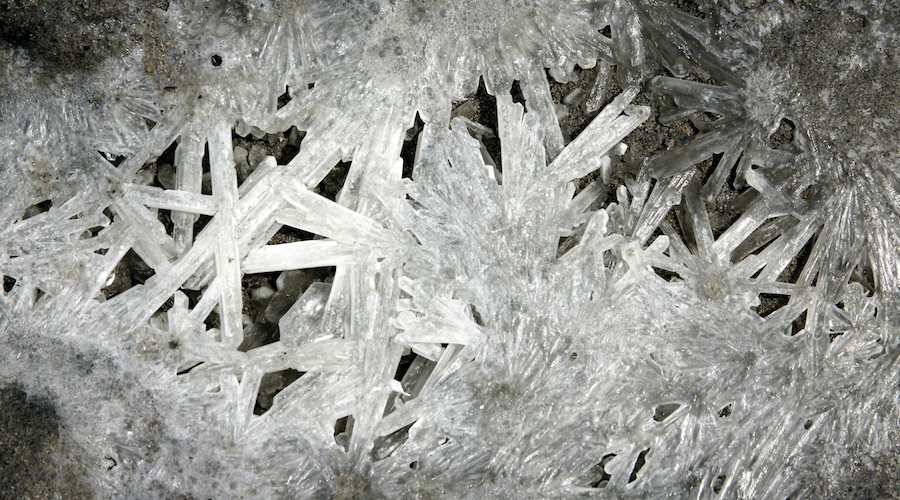Novel type of graphene proposed for high-performance sodium batteries

A novel type of graphene is being proposed by researchers at Sweden’s Chalmers University of Technology as a wonder material to fabricate high-performance electrodes for sodium batteries.
In an article published in the journal Science Advances, the scientists explain that the modified graphene not only allows for storing sodium ions, it also allows for battery capacity to match today’s lithium-ion batteries.
In their paper, the research team says that different from lithium, sodium is abundant and cheap as it is found in seawater and kitchen salt. But even though such availability makes sodium-ion batteries an interesting and sustainable alternative for reducing our need for critical raw materials, they have faced challenges when it comes to capacity.
Different from lithium, sodium is abundant and cheap as it is found in seawater and kitchen salt
The capacity issue has meant that sodium-ion batteries have not been able to compete with lithium-ion cells. One limiting factor so far has been graphite, which is composed of stacked layers of graphene and is used as the anode in li-ion batteries. The ions intercalate in the graphite, which means that they can move in and out of the graphene layers and be stored for energy usage. But sodium ions are larger than lithium ions and interact differently. Therefore, they cannot be efficiently stored in the graphite structure.
The Chalmers’ solution to this issue is adding a molecule spacer on one side of the graphene layer. “When the layers are stacked together, the molecule creates larger space between graphene sheets and provides an interaction point, which leads to a significantly higher capacity,” Jinhua Sun, first author of the study, said in a media statement.
Sun explained that typically, the capacity of sodium intercalation in standard graphite is about 35 milliampere hours per gram (mAh g-1). This is less than one-tenth of the capacity for lithium-ion intercalation in graphite. With the novel graphene, however, the specific capacity for sodium ions is 332 milliampere hours per gram – approaching the value for lithium in graphite.
According to the scientist, the results also showed full reversibility and high cycling stability.
“The research is still at an early stage, but the results are very promising,” Aleksandar Matic, co-author of the study, said. “This shows that it’s possible to design graphene layers in an ordered structure that suits sodium ions, making it comparable to graphite.”
The novel graphene has asymmetric chemical functionalization on opposite faces and is therefore often called Janus graphene, after the two-faced ancient Roman god Janus – the god of new beginnings.
In this case, the researchers believe that the Janus graphene correlates well with Roman mythology because it potentially opens new doors to high-capacity sodium-ion batteries.
{{ commodity.name }}
{{ post.title }}
{{ post.date }}

Comments
Edward Gates
Sorry, but the picture at the top of the story is not of salt crystals, ie. halite, which has a cubic crystal. These are likely selenite (gypsum) crystals.